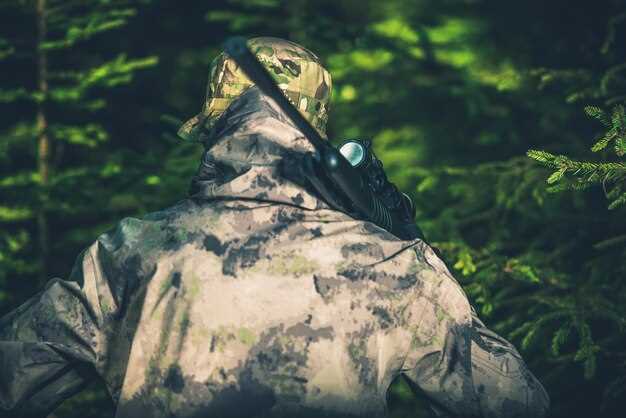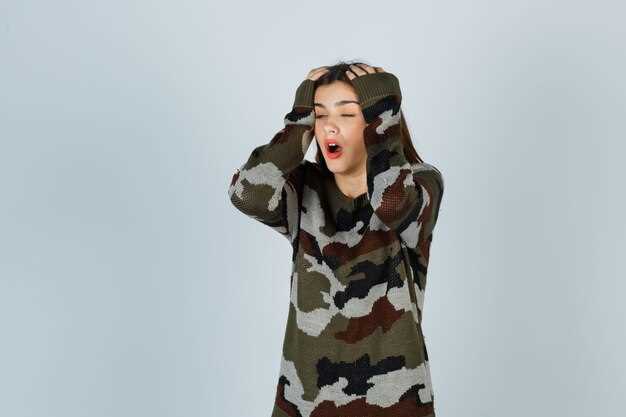
When it comes to hunting, the effectiveness of your gear can make a significant difference in your success rate. One of the most crucial elements of hunting attire is camouflage clothing, which allows you to blend seamlessly into your surroundings. However, not all camo patterns are created equal, and the right choice depends on the specific terrain you are navigating.
Different environments require distinct camouflage strategies. For instance, a forest setting typically calls for patterns that mimic the dappled light and shadows of trees, while open fields might necessitate a more subdued, flat design. Understanding the characteristics of each terrain type is essential for selecting clothing that not only provides effective concealment but also enhances your overall hunting experience.
In this article, we will explore the various types of camouflage clothing and how they can be used to optimize your performance based on different landscapes. Whether you are aiming to wear the best gear for an early morning hunt in thick brush or planning for an afternoon outing in a wide, open field, knowing the right camouflage options can significantly improve your chances of success in the field.
Understanding Terrain-Specific Camouflage Patterns

Choosing the right camouflage pattern is crucial for effective concealment in different environments. Terrain-specific camouflage is designed to blend seamlessly with the surroundings, enhancing the wearer’s ability to remain undetected. Each type of terrain presents unique challenges and demands distinctive patterns for optimal effectiveness.
In forested areas, camouflage patterns typically feature a mix of greens and browns, mimicking the dappled light and varying foliage. These patterns help to break up the outline of the wearer, allowing them to merge with the complex background of trees and underbrush.
Desert environments require a different approach, utilizing lighter colors like tans, browns, and beige. This palette reflects the arid landscape, aiding in blending with sandy dunes and sparse vegetation. The effectiveness of such patterns is enhanced by their ability to reduce heat mirage effects that can reveal a wearer’s position.
In urban settings, camouflage patterns often incorporate greys, blacks, and muted earth tones, simulating concrete, asphalt, and other man-made structures. These designs aim to conceal the wearer among various urban backdrops, minimizing visibility in built environments.
Finally, snowy terrains call for whites and light greys, designed to mirror the appearance of winter landscapes. Such patterns are essential for remaining concealed against the stark contrast of snow, thus preventing detection in cold-weather conditions.
Ultimately, the choice of camouflage pattern should align with the specific terrain where it will be used. Understanding these requirements ensures that wearers can effectively blend into their surroundings, enhancing their operational success and safety.
Selecting the Right Materials for Hunting Wear
When choosing materials for hunting wear, several factors must be considered to ensure comfort, durability, and camouflage effectiveness. The primary materials used in hunting clothing include polyester, cotton, wool, and nylon, each offering unique advantages.
Polyester is a popular choice due to its moisture-wicking properties, which help keep the skin dry during strenuous activities. It is also lightweight, making it ideal for layering in varying weather conditions. Additionally, polyester fabrics are often treated for water resistance, providing extra protection during rainy outings.
Cotton, while comfortable, is less effective in wet conditions as it absorbs moisture and takes longer to dry. However, cotton blends can provide a good balance of breathability and comfort, making them suitable for cooler climates. It is essential to choose cotton garments specifically designed for outdoor use, as these are typically reinforced for durability.
Wool offers exceptional thermal insulation, even when wet, making it an excellent choice for cold-weather hunts. Merino wool, in particular, is favored for its softness and odor-resistant qualities. It regulates body temperature effectively, providing warmth without overheating.
Nylon is known for its strength and abrasion resistance, making it a reliable option for rugged terrains. It is often used in activewear for its lightweight nature and quick-drying capabilities. Many high-performance hunting jackets incorporate nylon for added durability while retaining comfort during movement.
In addition to selecting the right base materials, consider fabric patterns and colors that blend with the environment. Camouflage patterns should match the terrain, whether it be forest, field, or rocky landscapes. Incorporate additional features like reinforced seams, pockets for storage, and adjustable elements to enhance the functionality of hunting wear.
Ultimately, the right materials for hunting wear should complement the specific conditions and activities involved in your hunting experience. Balancing comfort, functionality, and camouflage ensures an effective and enjoyable outing.
Considering Weather Conditions in Your Camouflage Choices

When selecting camouflage clothing, it is essential to take into account the prevailing weather conditions in the terrain you will be navigating. Different environments can present unique challenges that affect your comfort, visibility, and overall effectiveness. Therefore, choosing the right fabric and color pattern for your camouflage is crucial.
In cold weather, wear materials that provide insulation while still exhibiting camouflage patterns suitable for snow or frost-covered areas. Fabrics that wick moisture away from the body are ideal, as they help maintain body temperature and prevent discomfort. Consider using darker shades of white or gray that blend well with the wintry landscape.
For hot and humid climates, lightweight and breathable fabrics are key. Camouflage attire should be designed to allow air circulation, ensuring that you remain cool and dry. Look for colors like light greens and tans, which harmonize with arid, sun-soaked environments. Moreover, opting for moisture-wicking technology can further enhance your comfort during strenuous activities.
In wet or rainy conditions, your camouflage choices should include materials that are waterproof or water-resistant. Selecting darker shades can help conceal unwanted reflections from wet surfaces while still providing a visual barrier against the environment. Additionally, consider layered clothing that can be adjusted according to changing weather, ensuring you are always suitably camouflaged.
Lastly, always think about the seasonal changes within your target area. Camouflage patterns that are effective in summer may not provide the same advantage during fall or winter. Be prepared to adapt your wardrobe according to these variations, ensuring that your camouflage remains effective in any weather condition you encounter.


